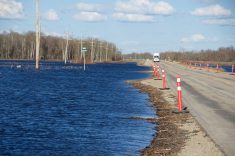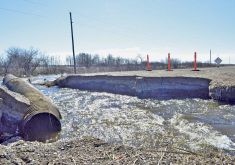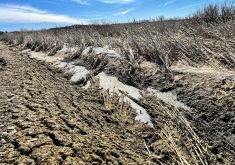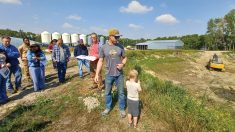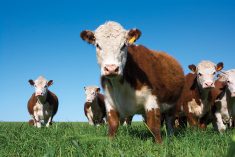Manitoba has announced its 2022 Disaster Flood Assistance (DFA) program, to provide assistance to individuals experiencing flood damage to infrastructure, private residences, small businesses and farms.
For farmers to qualify, their farm must generate annual gross revenues of $10,000 to $2 million and employ no more than 20 full-time employees. The farm cannot be a hobby farm; it must be a family-owned business with the owner-operator overseeing daily operations. The maximum amount of DFA assistance available is $300,000. A standard 20 per cent deductible is also applied to DFA payments.
DFA programs provide provincial assistance for certain disaster-related losses during a natural disaster and are intended to help Manitobans recover by providing financial assistance for uninsurable losses to basic and essential property.
“This winter, we’ve seen the third highest snowfall in 100 years and the highest in the last 20 years,” said Transportation and Infrastructure Minister, Doyle Piwniuk.
Read Also
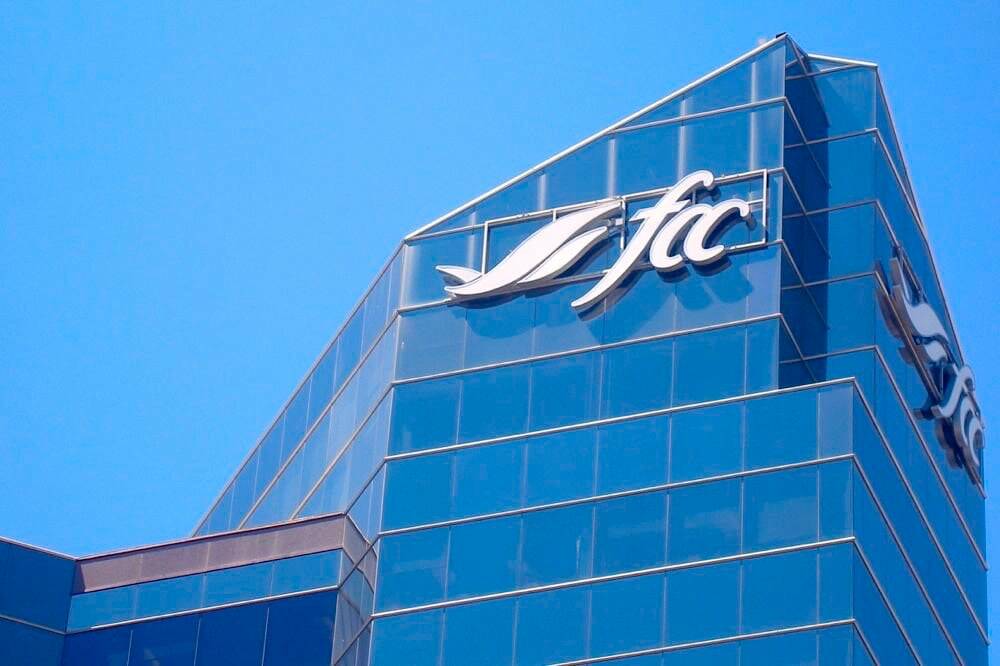
Boosting productivity could mean historic farm revenues
FCC report finds increasing productivity in the Canadian agriculture sector could mean $30 billion in farm revenue in the next decade
“We’ve had three Colorado lows that came at us three weekends in a row. With the latest rain, it’s created a lot of challenges when it comes to flooding – especially in the Morden/Winkler region.”
Piwniuk says that the cost for the DFA is likely to exceed $10 million, but that figure would remain fluid as the data rolls in about flood losses.
“We have to wait until the flood levels come down,” he said. “We are continuously monitoring the damages we have had to our infrastructure.”
However, in the long run Piwniuk says the final tally could be much higher than the $10 million suggested.
“We just have to do all the assessments first. All the municipalities have to do their own assessments and then we’ll look at the raw costs,” he said.
For some perspective, the DFA program during the 2009 flood paid $40 million towards flood-related damages.
Johannu Botha, assistant deputy minister responsible for emergency management, joined Piwniuk at the press conference. He said the DFA program provides financial assistance for certain losses when a widespread national disaster creates an unreasonable financial burden.
“Spring flooding and rain in certain parts of the province this year certainly qualifies,” said Botha.
He explained that “by and large, if costs were clearly not insurable, then they would fall under this DFA program.” That would also include verified livestock losses.
For more information about eligibility or to apply, visit the Manitoba government’s Disaster Financial Assistance page or email [email protected].




